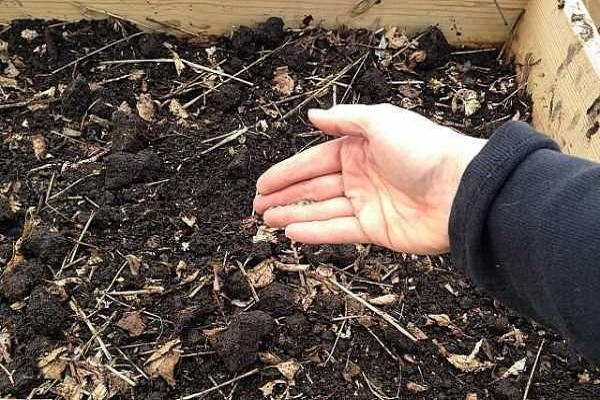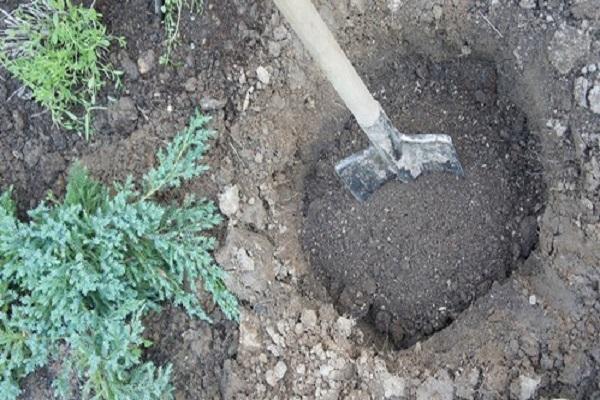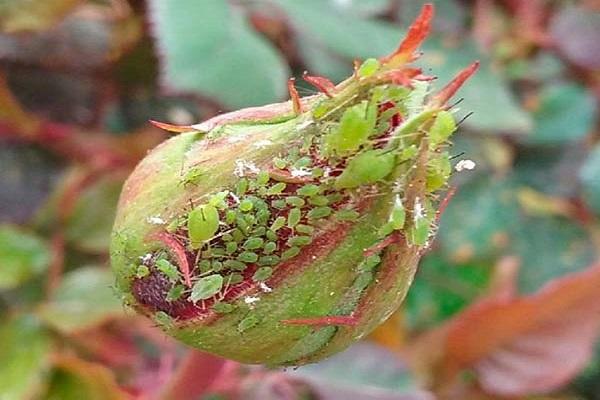Description and rules for growing a hybrid rose of the Gospel variety
Among the bred hybrid tea varieties of flowers, the Gospel rose stands out. This plant is distinguished by large buds, consisting of many small petals, and a tall stem. The rose exudes a pleasant aroma and is not demanding to care for, so this variety is in demand among gardeners. This type of flower is also highly resistant to temperature extremes.
History of origin
Like other hybrid tea varieties, the Gospel rose has appeared recently. The plant was officially included in the corresponding catalog in 1997. The culture appeared thanks to the work of the famous breeder Hans Jürgen Evers.
Description and characteristics of the hybrid tea rose Gospel
Gospel rose has the following features:
- bright, double flowers forming cup-shaped buds;
- flowers are divided into 4 symmetrical sectors;
- the size of blossoming flowers does not exceed 12 centimeters in diameter;
- one flower contains up to 70 petals, each of which blooms in a spiral;
- shrub diameter - up to 60 centimeters;
- stem height - up to a meter;
- up to five flowers are formed on one stem.
Gospel rose is called "chameleon" for the original color of flowers. The shade of the latter changes from cherry to deep burgundy or dark purple, depending on the current weather conditions.

Gospel roses exude a bright and long-lasting aroma that combines fruity and honey notes. Flowers of this variety appear twice a season. The buds bloom again in the second half of July. The plant finally fades towards the end of summer.
This variety stands out against the background of other hybrids due to its increased resistance to temperature extremes (withstands a decrease to -23 degrees), drought, abundant watering and common diseases.

The nuances of growing
Despite the fact that Gospel belongs to a separate variety of hybrid tea roses, the plant imposes the same requirements on the growing zone. It should be borne in mind that this variety is characterized by rapid growth.
Therefore, before planting, gardeners recommend thinking about what will support long stems.
Dates and site for planting
It is recommended to plant seedlings of hybrid tea roses in spring. The flower must have time to take root in a new place before frost. In the southern regions of the country, it is allowed to plant in autumn.
As a place for planting, it is recommended to choose the southwestern zones on the site, away from shrubs and trees. When growing a rose, it should be borne in mind that the width of the bush reaches 60 centimeters. Also, the flower needs to be protected from the scorching sun rays, due to which burns appear on the leaves.

Preparation of seedlings
Seedlings do not require specific preparation for planting in an open area. However, after purchase, the plant is recommended to be placed in water for a day or in a growth stimulator for 3 hours. If the seedlings are purchased in the fall, then the flower should be placed in a cool, well-ventilated room for the winter.
Landing technology
Rose seedlings are planted in holes up to 60 centimeters deep. It is recommended to pour drainage (expanded clay and other) at the bottom of the pit. Next, you need to fill a third of the hole with a mixture of turf, humus and sand, taken in a ratio of 4: 4: 1. When inserting a seedling into the hole, you need to spread the roots, being careful not to damage the latter. If necessary, the hole must be enlarged.
After that, holding the plant by the stem, you should fill the hole with turf soil and tamp the soil around the flower. At the end, the rose is watered abundantly and closed for a while with a plastic bottle. In this container, greenhouse conditions will form, which accelerate the development of the plant.

Subtleties of care
Rose Gospel is not demanding to care for. However, in order to prevent the development of diseases, it is recommended to make an appropriate top dressing during the warm season and remove dead shoots in a timely manner.
Watering and feeding
Water the Gospel rose bushes as the soil dries up. The shrub tolerates well the lack of water for three days. If there is no watering for a longer period of time, the risk of developing diseases increases.
In the spring, it is recommended to apply nitrogen fertilizers under the bush. During the period of bud formation and after blooming, the plant is fed with phosphorus-potassium mixtures.

Trimming and shaping
Gospel rose is recommended to be pruned in early spring or after flowering. During these periods, it is necessary to remove dead or infected shoots. In the fall, they are also pruned in order to thin out the plant.
It is recommended to give the shrub a certain shape in early spring, during the period of bud swelling. The procedure must be carried out with scissors, which are pre-treated with alcohol. Before the onset of cold weather, all shoots should be shortened, leaving no more than 10 centimeters. Places of cuts should be treated with activated carbon.
How to shelter for the winter
If the rose is grown in a warm region, where the temperature in winter does not drop below -20 degrees, then the plant need not be covered. In other cases, after pruning and before the onset of cold weather, spruce leaves must be laid on top of the shoots. Gardeners also recommend sprinkling spruce branches with a little soil.

Diseases, pests and control methods
Gospel rose is mainly affected by fungal infections caused by over-watering. Traces appear on the plant more often:
- Powdery mildew. It is characterized by the appearance of a white coating on the leaves, due to which the latter curl and fall off. Powdery mildew treatment begins with the removal of the affected shoots. Then the plant is treated with a 30% solution of ferrous sulfate or 2-3% - Bordeaux liquid.
- Black spot. It occurs due to potassium deficiency and causes the appearance of black spots on the leaves. It is recommended to remove the affected parts of the plant immediately. And then the bush must be treated with a one percent solution of Bordeaux liquid.
- Rust. The disease develops in mid-spring and provokes the appearance of orange spots on the leaves. In the fight against the disease, treatment of the shrub with 2% Bordeaux liquid or soap solution helps.
- Spider mite.A small insect that appears on the back of leaves in dry weather. To get rid of the tick, the affected parts of the rose must be removed and burned, and the shrub must be treated with insecticide 3 times at intervals of one week.
- Rose aphid. The insect appears in the spring. A colony of rose aphids grows rapidly, which can cause the plant to die. Insecticides of systemic action help in the fight against insects.
As a prevention of infection with infectious diseases, some gardeners in the summer do not water the shrubs for 2-3 days after the soil dries up.

Reproduction
Hybrid tea roses are recommended to be propagated by seedlings, cutting off no more than 10 centimeters from a healthy shoot. This process must be soaked in water for 1-1.5 hours, adding a small amount of potassium permanganate. Then, in the spring, the seedling is planted in an open area.
A hill should be poured around the shoot, which retains the liquid at the roots.
Use cases
Gospel is planted along with other flowers. This plant looks good in a flower bed with hybrid tea roses. The shrub can also be combined with conifers or scented herbs.









